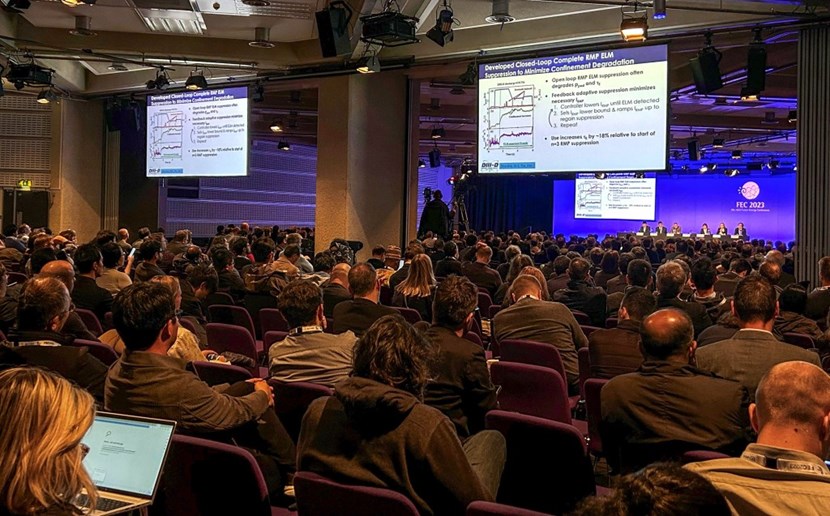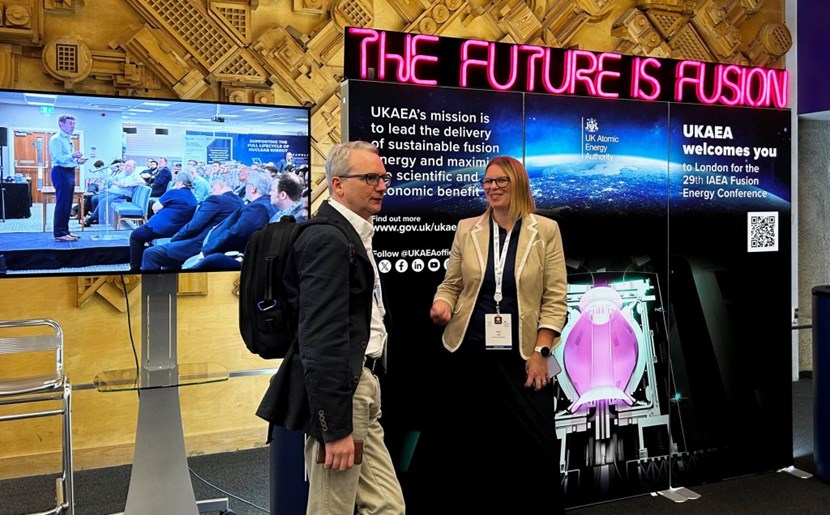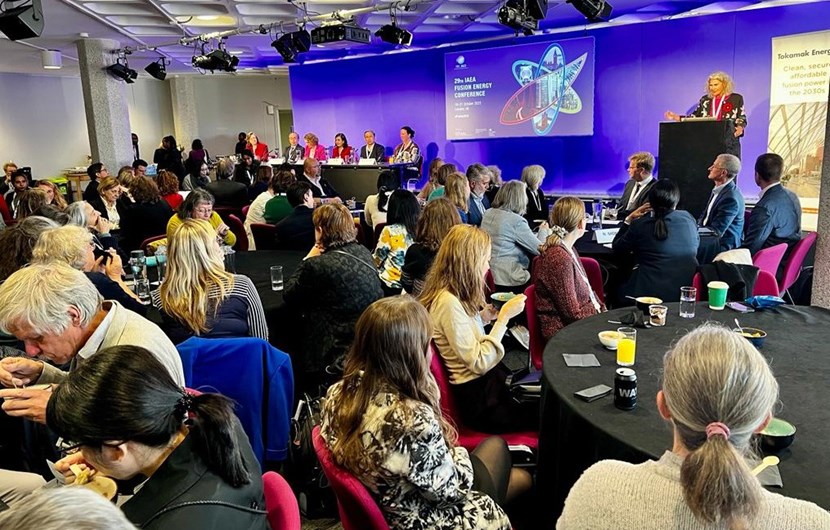
The IAEA hosted the first Fusion Energy Conference in 1961 in Salzburg, Austria. The 29th edition—co-hosted by the Government of the United Kingdom through the United Kingdom Atomic Energy Authority (UKAEA)—is the first in-person conference since 2018. (In 2020, due to Covid, the conference was held virtually.)
"Fusion is making progress ... all around the world," said Rafael Mariano Grossi, Director General of the International Atomic Energy Agency (IAEA) at the opening of the 29th IAEA Fusion Energy Conference on 16 October 2023. "We are at a crucial moment in the development of the field and there are new stakeholders who want to be—and need to be—part of the dialogue."

1,000 participants in London and another 1,600 logged in online: the IAEA Fusion Energy Conference attracts fusion actors from all over the world. Increasingly, according to IAEA Director-General Grossi, the ''fusion energy journey'' is moving from ''experiment to demonstration to commercial fusion energy collaboration.''
Later in the same session, ITER Director-General Pietro Barabaschi gave an update on ITER and the issues, such as the repair of critical components, that the project is facing. "Despite these challenges," he said, "we are on a good track with ITER. We just have to be conscious about the problems we have and not put things under the carpet. This is a change of culture in the ITER Project." Barabaschi added that he would propose a new project baseline to the ITER Council, the project's governing body, in 2024. He also also raised an issue that was echoed throughout the conference: the need for ensuring knowledge management and the availability of a skilled workforce for a future fusion economy.

''Powering fusion, empowering women'': Women in Fusion is a global platform established to inspire and support women in the field through the sharing of experience, mentoring, and the promotion of contributions made by women. At FEC2023, the group organized a lunch panel event on the theme of ''Creating an Inclusive Fusion Workforce.''
What does it take to make a fusion machine? In a side session on ITER technology, representatives of ITER Domestic Agencies shared their insights and lessons learned from manufacturing first-of-a-kind components for ITER. Among the main challenges, presenters mentioned technical issues such as the tight tolerances during manufacturing, and also logistical and organizational questions related to global transport and contract management. The most important lesson shared was that effective international collaboration is a critical precondition in order to succeed with a project of this magnitude.








